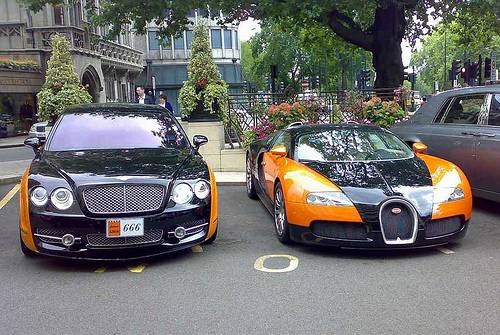
Gasoline is heated, causing it to expand. This gas is brought into a cylinder, where the piston compresses the gas using a mechanical force. The spark plug generates electricity, which is meant to ignite the expanded gas as it is at the most compressed state. This creates an explosion, and the force of the explosion pushes the piston back down. The exhaust that is left over is released through the exhaust valve.
High voltage electricity is generated through a coil to one spark plug. This spark arcs to the other spark plug. As the electricity passes through the air, it ignites the compressed gas. These plugs are insulated and can withstand incredible heat. The material that protects and insulates the spark plug is made out of ceramic.
Two coils are used. Electricity passes through a primary coil. The current is broken up by breaker points, which causes the electricity to be dispersed to the secondary coil. This electricity is then transferred to the distributor.
The electricity enters the rotor, which is contained within a cap. The rotor spins and sends electricity to different cylinders, allowing each cylinder to function.